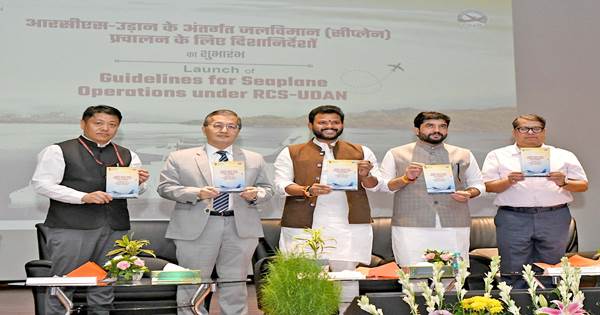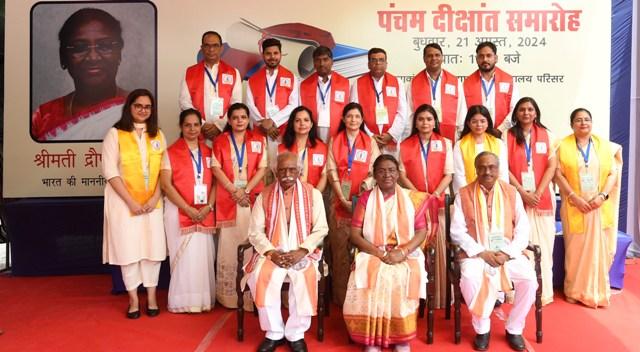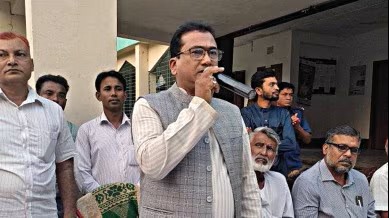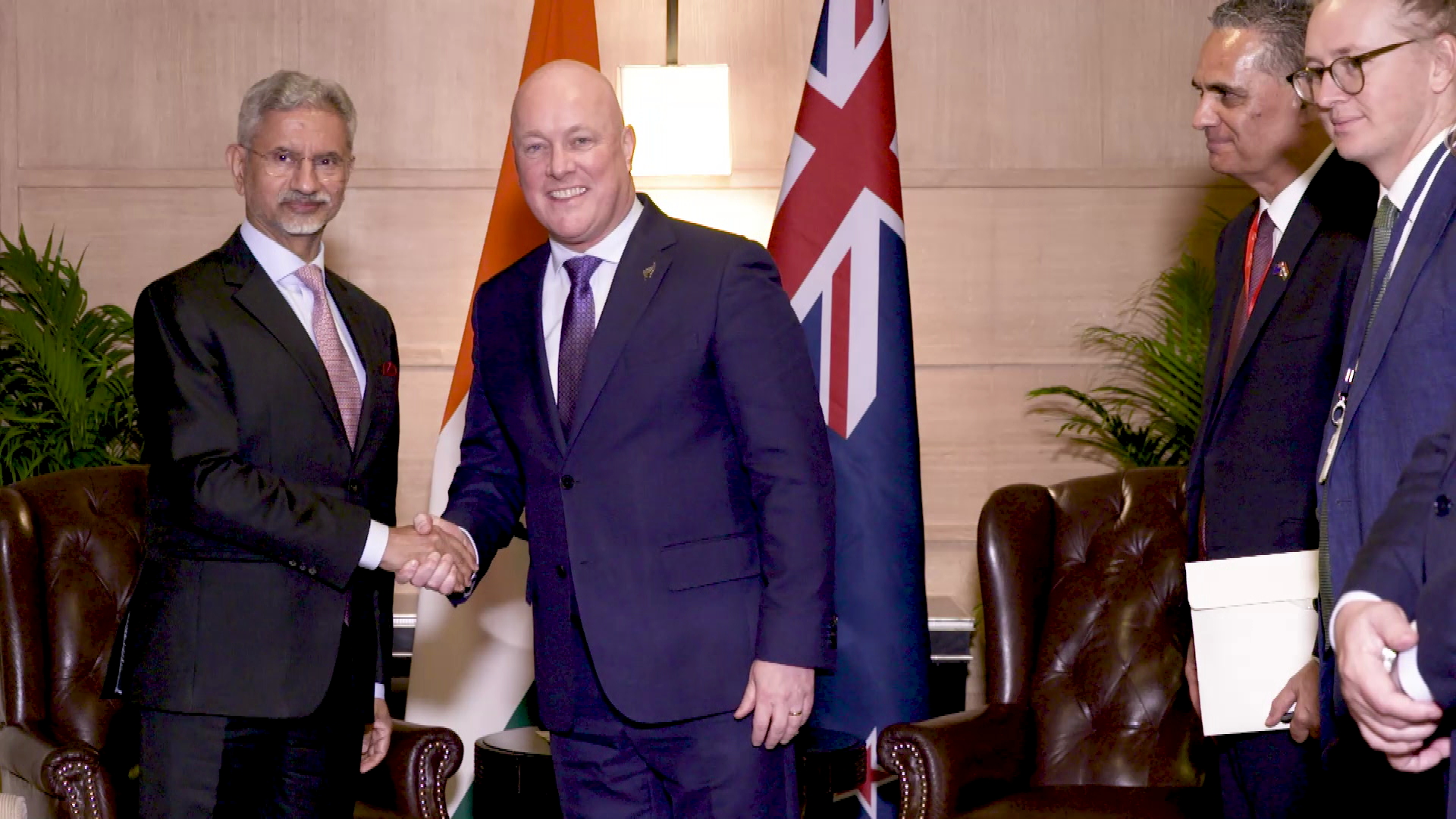Union Minister for Civil Aviation, Shri Kinjarapu Rammohan Naidu, officially launched the Guidelines for Seaplane Operations in India today at an event held at the Indian Aviation Academy in New Delhi. In his address, the Minister highlighted that these new guidelines aim to integrate seaplane operations into India’s aviation landscape, promoting regional connectivity, job creation, and economic growth. He emphasized that seaplanes represent India’s spirit of innovation and commitment to inclusive development.
 During the event, Shri Naidu also unveiled the 5.4 version of the UDAN scheme. The new phase will focus on inviting fresh bids for previously canceled routes to enhance connectivity in underserved regions. The Minister announced upcoming demonstration flights by seaplane manufacturer DeHavilland, marking the next step in making seaplane travel a practical reality across India.
During the event, Shri Naidu also unveiled the 5.4 version of the UDAN scheme. The new phase will focus on inviting fresh bids for previously canceled routes to enhance connectivity in underserved regions. The Minister announced upcoming demonstration flights by seaplane manufacturer DeHavilland, marking the next step in making seaplane travel a practical reality across India.
Shri Naidu underscored the vast potential offered by India’s 7,517 km coastline and its extensive network of rivers and lakes for the development of seaplane operations. Drawing from lessons learned in helicopter operations, the government has adopted a flexible approach to promote the growth of this sector. The guidelines introduced today allow seaplane operations under the Regional Connectivity Scheme (RCS) to function using the Non-Scheduled Operator Permit (NSOP) framework. The provision of Viability Gap Funding (VGF) under the RCS will provide initial financial support to operators, ensuring smooth and sustainable growth in this emerging industry.
Acknowledging the challenges in developing water aerodromes, the Minister highlighted that the new guidelines prioritize safety, security, and the responsibilities of all stakeholders. The adoption of the NSOP framework for seaplanes is seen as a major step forward in boosting regional connectivity while maintaining rigorous safety standards.
Shri Naidu emphasized the importance of a supportive policy environment for the seaplane industry in India. He encouraged research into technologies like electric seaplanes to align with India’s climate commitments under the UN Framework on Climate Change. The goal is to establish a regulatory framework that fosters innovation, promotes growth, and creates employment opportunities in the aviation sector. Plans are also in place to develop multimodal transport hubs to ensure seamless connectivity between seaplanes and other transportation modes.
Union Minister of State for Civil Aviation, Shri Murlidhar Mohol, spoke about how the initiative is set to improve connectivity, boost tourism, and drive economic growth, especially in remote areas. The guidelines provide a well-structured framework that prioritizes safety and efficiency, heralding a new era in India’s aviation sector.
Union Civil Aviation Secretary, Shri Vumlunmang Vualnam, highlighted the proactive approach taken by the Ministry in leveraging the NSOP framework, which has already proven effective for helicopters and small aircraft under the RCS. The Seaplane NSOP Guidelines are designed to provide a structured, safe, and scalable model for the continued development of seaplane operations.
The event was attended by key officials including the Director General of Civil Aviation, Shri Vikram Dev Dutt, along with representatives from state governments, NSOP operators, seaplane manufacturers, and industry stakeholders.




